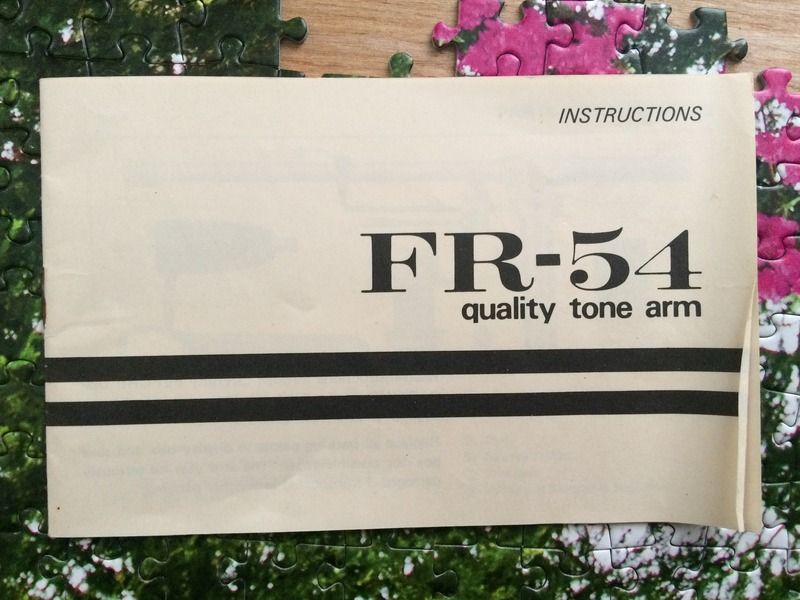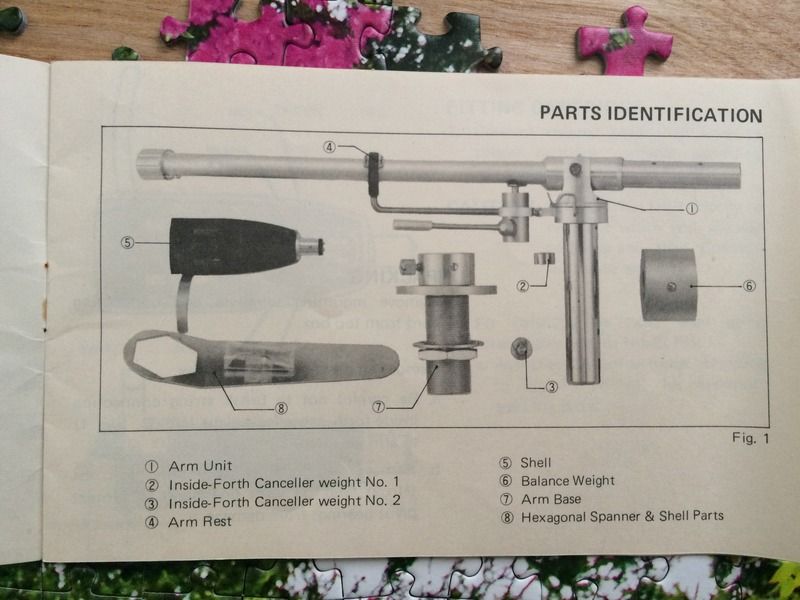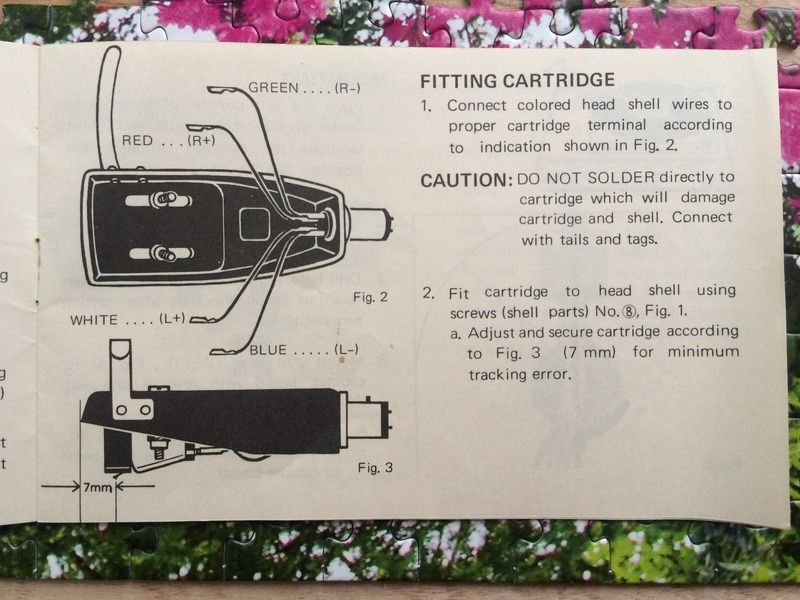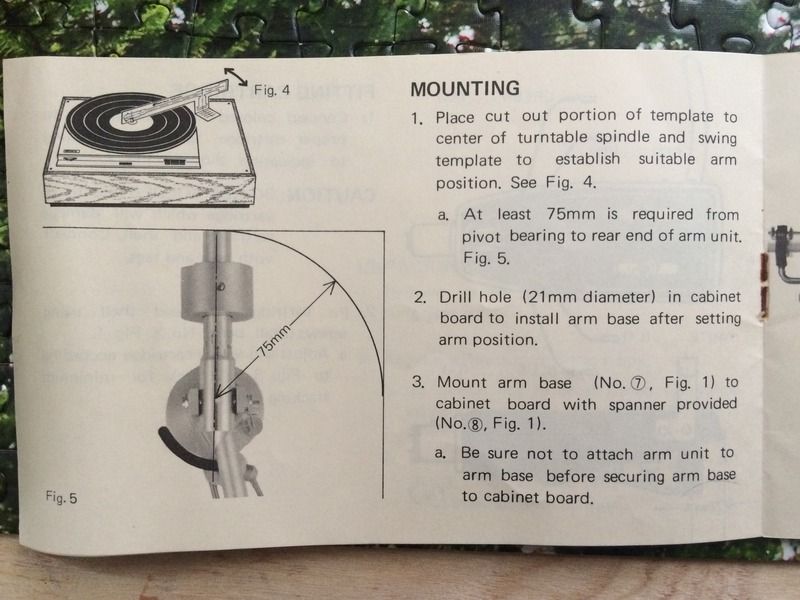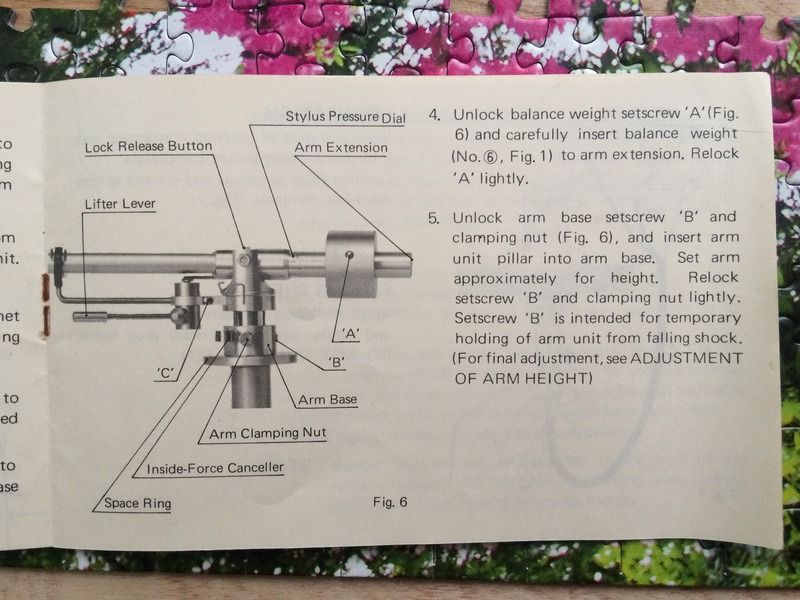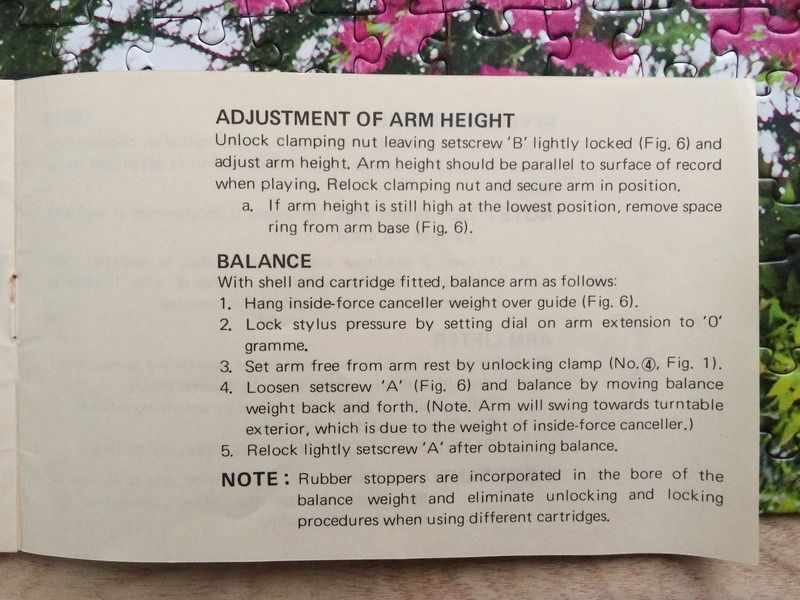mjw21a
Super Member
I'm not entirely sure about that. I suspect the JVC is a nice, quiet drive unit and with a better arm the end result could be really nice.
Just a question: have you ever heard or used the FR-24 or 54? Have you run both an Ariston and a relatively upper-tier DD table? The FR arms are vastly better than you imagine them to be and a good DD table can sound every bit as good as something like an Ariston, if perhaps a bit different. I run both an Ariston and a Technics SP-15, have a FR-24 MkII arm and am quite familiar with the Rega arms as well. I know someone with a an upper-tier DD table running a FR-24 MkII on it and in a head-to-head comparison with the top-of-the-line current Rega the pairing came off as easily equivalent through a really fine system. I've seen reference to the FR-24 being at least as good as a Graham Phantom. Don't sell these arms short, not by any means. In the Rega line you would have to go to either the upper tier of the current offerings or move to one of the boutique versions like the Audiomods to get the same results and at a great deal more expense.
Aye, there are better direct drives than the QL7, though not much better and almost certainly better than anything in current production. The known weak point of this table is tge plinth which I plan to address. I think the arm, while good, isn't a patch on my FR24.
BTW I wouldn't expect to get exactly the same presentation from the arm on the solid plinth DD table as from a suspended belt drive. Equivalent quality, certainly.... but different. In my limited experience a solid plinth DD will have a bit drier, perhaps more "correct" approach? Not inferior, but a different "flavour". I don't know about anyone else, but I don't necessarily want all of my tables to sound alike.
Yes, I'm expecting the tone to be different though it should reveal more layers of detail compared to the stock arm


 ). The platter on these is fairly low profile. I'm away from the tt until the weekend, so I can't measure the platter height.
). The platter on these is fairly low profile. I'm away from the tt until the weekend, so I can't measure the platter height. 
